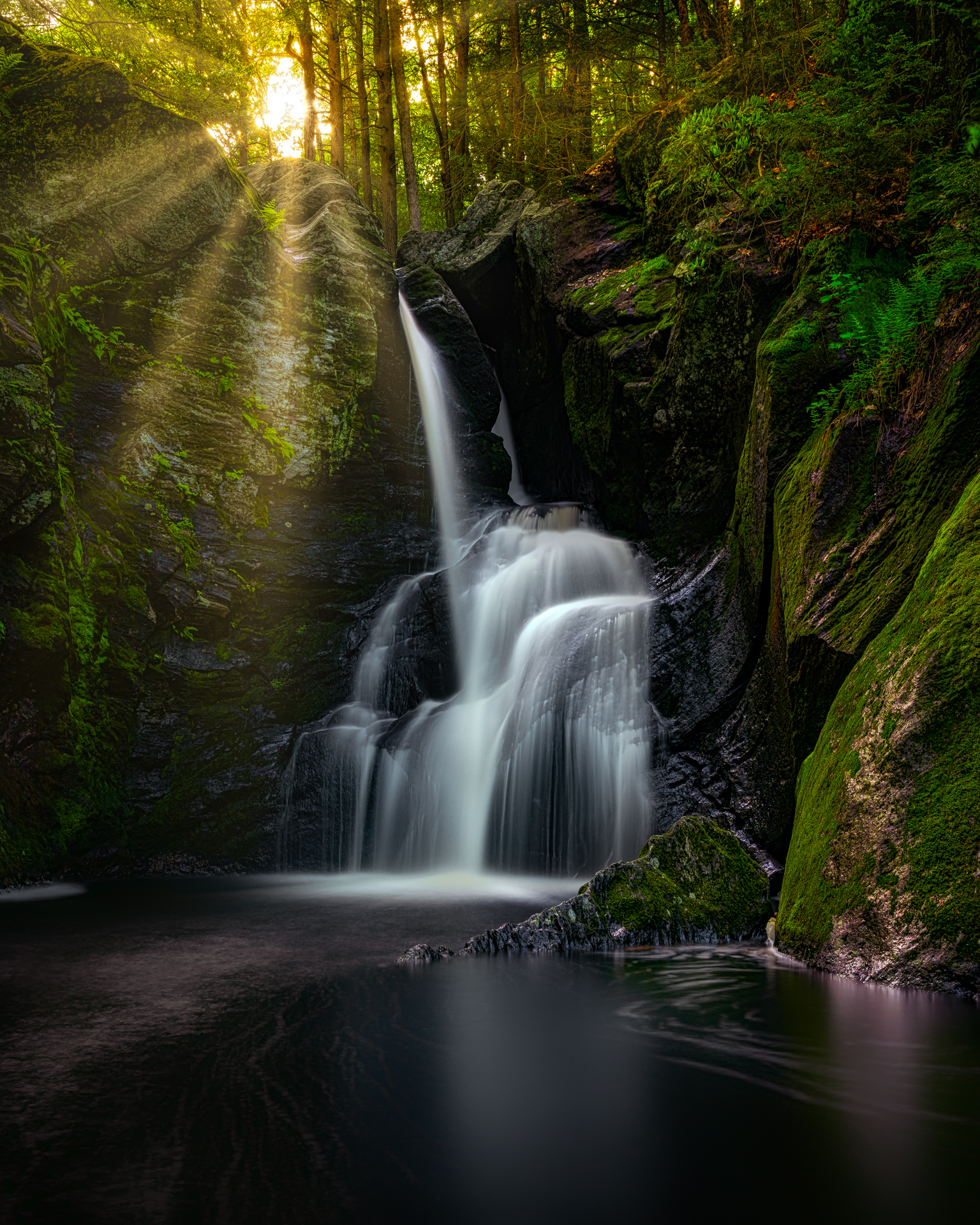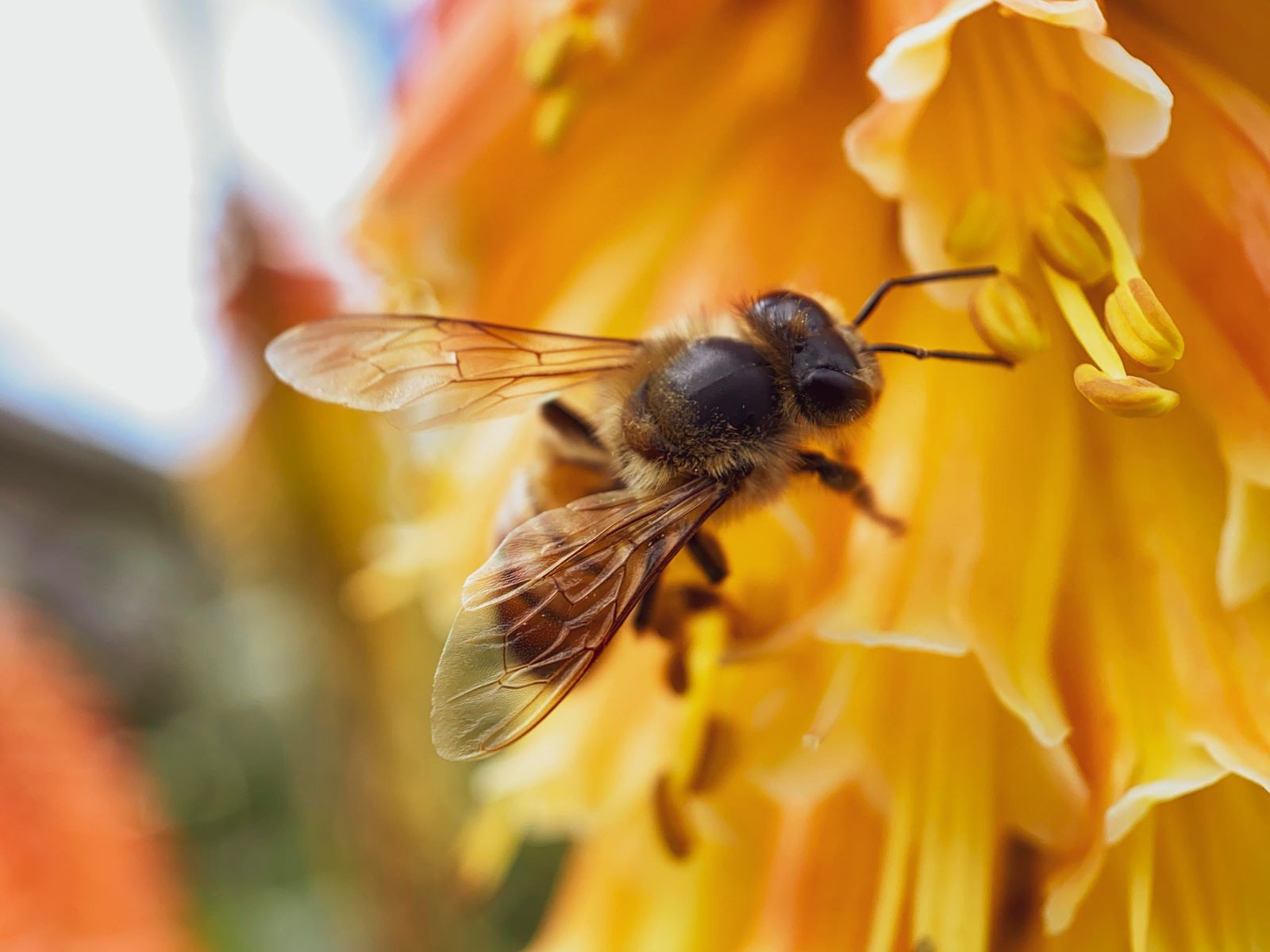7 Essential Tips for Captivating Nature Shots
Editor's Note: 7 Essential Photography Tips for Capturing Stunning Nature Shots has been published today, demonstrating its significance in modern photography.
After extensive research and analysis, we have meticulously crafted this comprehensive guide to empower you with the knowledge and skills necessary to capture breathtaking nature shots. Whether you're a seasoned professional or an aspiring enthusiast, these 7 essential tips will elevate your photography to new heights.
Key Differences or Key Takeaways:
Introduction to the 7 Essential Tips for Capturing Stunning Nature Shots
FAQ
This FAQ section provides answers to common questions and misconceptions about capturing stunning nature shots, addressing concerns that may arise during the process.

7 Tips On How to Capture Stunning Waterfall Photography - Shannon Shipman - Source shannonshipman.com
Question 1: What are the crucial elements to consider when composing a nature shot?
When composing nature shots, it is essential to pay attention to composition techniques such as the rule of thirds, leading lines, and negative space. Additionally, consider the balance of elements within the frame, ensuring that the subject stands out and interacts harmoniously with the surroundings.
Question 2: How can one optimize lighting conditions for nature photography?
Capture the best natural light by planning shoots during the golden hours (sunrise and sunset), when the light is softer and more flattering. Overcast days can also be favorable, as they provide even illumination. To avoid harsh shadows, use a diffuser or shoot in open shade.
Question 3: What lens options are suitable for nature shots?
Wide-angle lenses are suitable for capturing grand landscapes, allowing for the inclusion of various elements in a single shot. Telephoto lenses, on the other hand, are ideal for wildlife photography, enabling close-up shots while maintaining a safe distance from subjects.
Question 4: How can one control exposure in nature shots?
To control exposure, use the exposure compensation dial to adjust the camera's exposure settings. Experiment with different apertures, shutter speeds, and ISO values to achieve the desired brightness and depth of field.
Question 5: How to capture sharp images of fast-moving subjects in nature?
To freeze motion, utilize faster shutter speeds. When photographing moving subjects, anticipate their movements and pre-focus on their anticipated path. Using a tripod can enhance stability, reducing camera shake and ensuring sharper images.
Question 6: What are the post-processing techniques to enhance nature shots?
Post-processing can enhance nature shots by adjusting exposure, color balance, and contrast. Utilize tools like Photoshop or Lightroom to crop, straighten, and remove unwanted elements from the image. Subtle adjustments can dramatically improve the overall appearance of the photograph.
These guidelines provide a comprehensive overview of essential techniques for capturing stunning nature shots. By understanding and applying these principles, photographers can elevate their skills and produce breathtaking images.
Discover More:
Tips
To achieve magnificent nature shots that fully express the wonder and beauty of the natural world, several essential photography techniques can be employed. These include understanding lighting, composing effectively, using appropriate lenses, and mastering post-processing techniques.
Tip 1: Master Lighting
Harness the power of natural light. The best times to capture nature's beauty are during the golden hours (sunrise and sunset), when the light is warm and flattering. Avoid shooting in harsh midday light, which can create unappealing shadows and overexposed areas.
Tip 2: Compose Effectively
Compose your shots with intention. Use the rule of thirds, leading lines, and other compositional techniques to create visually appealing images. Experiment with different angles and perspectives to find unique and captivating compositions.
Tip 3: Leverage Lenses
Choose the appropriate lens for your nature shots. Wide-angle lenses capture expansive landscapes, while telephoto lenses bring distant subjects closer. Consider using macro lenses for captivating close-ups of intricate details in nature.
Tip 4: Master Post-Processing
Post-processing is crucial for refining your nature shots. Use software to adjust exposure, color balance, and contrast. Enhance details, remove unwanted elements, and fine-tune the overall look of your images.
Tip 5: Understand Your Subject
Study the behavior and patterns of your subjects. Observe wildlife from a distance, identify their feeding and nesting areas, and anticipate their movements. Understanding your subject will help you capture natural and authentic moments.
Tip 6: Practice Patience
Nature photography requires patience and perseverance. Be willing to spend time in the field, waiting for the perfect moment. Observe your surroundings, anticipate animal behavior, and don't be afraid to experiment with different angles and compositions.
Tip 7: Learn from the Masters
Study the works of renowned nature photographers. Analyze their techniques, compositions, and post-processing methods. Seek inspiration from their portfolios and learn from their experiences to refine your own approach to nature photography.
By implementing these essential photography tips, you can elevate the quality of your nature shots and capture the breathtaking beauty that nature has to offer. Remember to practice patience, explore different techniques, and cultivate a deep appreciation for the wonders of the natural world. 7 Essential Photography Tips For Capturing Stunning Nature Shots
With dedication and a keen eye, you'll be able to create stunning images that celebrate the diversity, majesty, and timeless allure of nature.
7 Essential Photography Tips For Capturing Stunning Nature Shots
When embarking on nature photography, grasping the fundamental aspects of capturing breathtaking shots is essential. These tips will guide you in harnessing the beauty of the natural world.
- Composition: Rule of thirds, leading lines
- Lighting: Golden hour, side lighting
- Aperture: Depth of field, selective focus
- Shutter Speed: Freezing action, conveying motion
- ISO: Light sensitivity, balancing noise
- Lens: Wide-angle, telephoto
Understanding these aspects empowers photographers to capture compelling nature shots. Composition creates dynamic images, while lighting enhances mood and depth. Aperture controls focus, shutter speed captures motion, and ISO balances light and noise. Lens choice determines perspective, with wide-angles capturing vast landscapes and telephotos isolating details. By mastering these elements, photographers can immortalize the beauty of nature with stunning results.

Macro Photography on iPhone 11: Tips for Capturing Stunning Close-Up - Source citizenside.com
7 Essential Photography Tips For Capturing Stunning Nature Shots
The quality of light can make or break a nature photograph. Soft, diffused light is best for capturing the details and textures of natural subjects. Avoid shooting in harsh, direct sunlight, as this can create harsh shadows and overexposed highlights.

Nature Photography Wallpapers - Top Free Nature Photography Backgrounds - Source wallpaperaccess.com
Composition is key to creating a visually appealing nature photograph. Consider the rule of thirds, leading lines, and the use of negative space to create a balanced and harmonious image.
Getting close to your subject can help you to capture more intimate and detailed images. Use a telephoto lens to zoom in on distant subjects, or get down on the ground to photograph small creatures and plants.
Including a human element in your nature photographs can help to create a sense of scale and perspective. A person in the foreground can help to draw the viewer's eye into the image and add a sense of drama.
Don't be afraid to experiment with different shutter speeds to create different effects in your nature photographs. A slow shutter speed can be used to blur moving water or create a sense of motion, while a fast shutter speed can be used to freeze action.
Use a tripod to keep your camera steady and avoid blurry images. A tripod is especially important when shooting in low light or using a telephoto lens.
Be patient and wait for the right moment to take your shot. The best nature photographs often require patience and perseverance.
| Tip | Explanation | Example |
|---|---|---|
| Use soft, diffused light | Soft light helps to capture the details and textures of natural subjects. | Photograph a flower in the shade of a tree. |
| Compose your images carefully | Consider the rule of thirds, leading lines, and the use of negative space to create a balanced and harmonious image. | Position a tree in the left third of the frame and use a leading line to draw the viewer's eye to a distant mountain. |
| Get close to your subject | Getting close to your subject can help you to capture more intimate and detailed images. | Photograph a butterfly perched on a flower. |
| Include a human element | Including a human element in your nature photographs can help to create a sense of scale and perspective. | Photograph a hiker standing on a mountaintop. |
| Experiment with shutter speeds | A slow shutter speed can be used to blur moving water or create a sense of motion, while a fast shutter speed can be used to freeze action. | Photograph a waterfall using a slow shutter speed to blur the water and create a sense of movement. |
| Use a tripod | A tripod helps to keep your camera steady and avoid blurry images. | Use a tripod when shooting in low light or using a telephoto lens. |
| Be patient | The best nature photographs often require patience and perseverance. | Wait for the right moment to take your shot, such as when the sun is setting or when an animal is in a perfect position. |
Conclusion
By following these tips, you can capture stunning nature photographs that will capture the beauty and wonder of the natural world.
Nature photography is a rewarding and challenging genre that can be enjoyed by photographers of all levels. With practice and patience, you can learn to capture beautiful images that will inspire and amaze others.